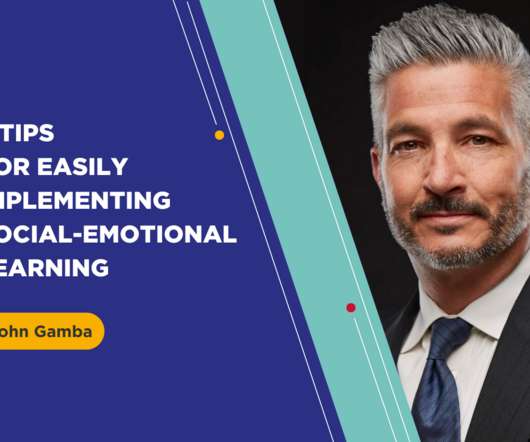The Benefits of Video in the Digital Classroom
ViewSonic Education
DECEMBER 27, 2018
Digital-based learning benefits students. Blended learning and flipped classrooms. When teachers leverage technology, learning outcomes improve. 84% said that school tech adds value to their child’s learning. Blended learning combines traditional classroom learning with self-paced online learning.
















Let's personalize your content